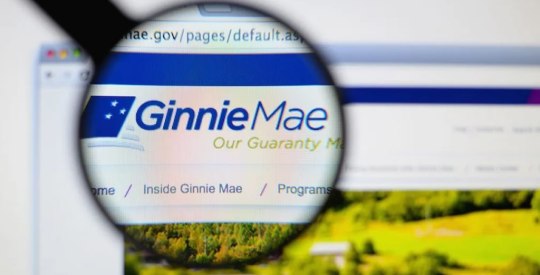It is one of the big unanswered questions of the housing crisis: Why hasn’t the government pushed harder to include second mortgages in its anti-foreclosure efforts? Take a stressed borrower with a $200,000 first mortgage and a $50,000 second-lien loan, such as a home-equity line of credit. The government’s foreclosure-prevention approach focuses primarily on modifying the first mortgage by, say, reducing the interest rate. But writing down the junior loan would immediately lighten the borrower’s overall debt burden. And this would be fairer since second loans are subordinate to the first mortgage. The Treasury has a program for modifying second mortgages, but bank participation has remained low. So why hasn’t the government leaned on banks, which hold nearly all the junior loans, to write down more of them? One theory: The Treasury feels resulting losses would cause banks too much pain. Actually, for many, it looks bearable. Yes, you can haircut J.P. Morgan Chase’s junior mortgages by 20% and come up with a $20bn hit. At 15% of capital, that looks scary. Yet the bank has already taken over $7 billion of losses on its junior mortgages, and expects another $5.6bn this year, which can be offset with earnings. And the weaker banks? They can easily issue equity right now to cover any additional losses.
Government could cut seconds first
Most Popular Articles
Latest Articles
Ginnie Mae President Alanna McCargo to resign
Alanna McCargo announced her resignation from the top post at Ginnie Mae effective May 3



